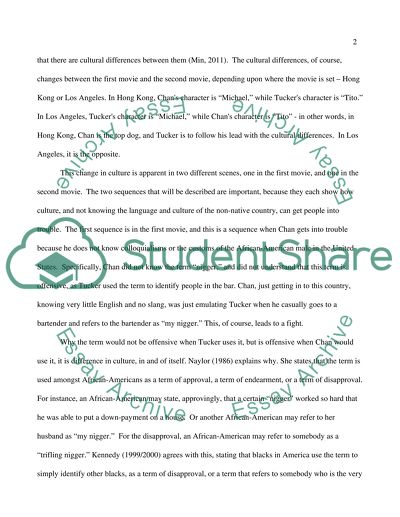Cite this document
(“Deconstruction component of the 1998 and 2001 film RUSH HOUR Essay”, n.d.)
Deconstruction component of the 1998 and 2001 film RUSH HOUR Essay. Retrieved from https://studentshare.org/visual-arts-film-studies/1463359-deconstruction-component-of-the
Deconstruction component of the 1998 and 2001 film RUSH HOUR Essay. Retrieved from https://studentshare.org/visual-arts-film-studies/1463359-deconstruction-component-of-the
(Deconstruction Component of the 1998 and 2001 Film RUSH HOUR Essay)
Deconstruction Component of the 1998 and 2001 Film RUSH HOUR Essay. https://studentshare.org/visual-arts-film-studies/1463359-deconstruction-component-of-the.
Deconstruction Component of the 1998 and 2001 Film RUSH HOUR Essay. https://studentshare.org/visual-arts-film-studies/1463359-deconstruction-component-of-the.
“Deconstruction Component of the 1998 and 2001 Film RUSH HOUR Essay”, n.d. https://studentshare.org/visual-arts-film-studies/1463359-deconstruction-component-of-the.


